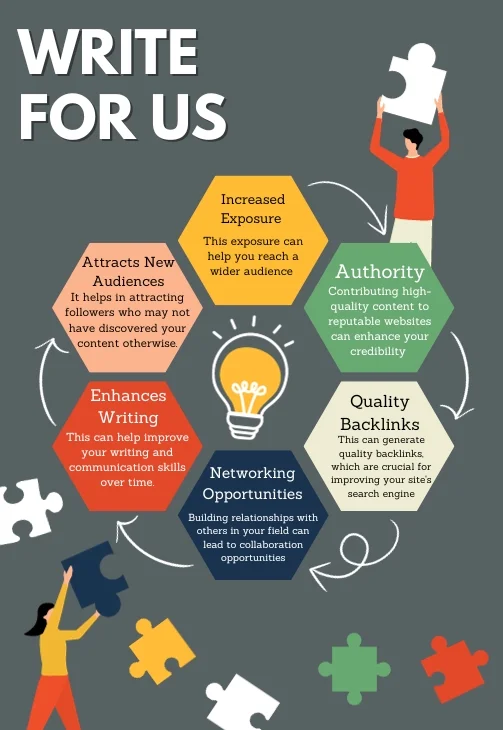In today’s competitive business landscape, fostering a strong sense of team engagement is crucial for the success of any corporate organization. A highly engaged team is more productive, innovative, and motivated to achieve common goals. However, creating and implementing an effective teams engagement strategy requires careful planning, clear communication, and a focus on building a positive work culture. This article will guide you through the essential steps to develop a successful corporate teams engagement strategy that drives employee satisfaction and organizational growth.
A successful corporate team engagement strategy goes beyond traditional employee management practices. It aims to create a work environment where employees feel valued, motivated, and connected to the company’s mission and vision. Organizations can enhance productivity, retain top talent, and achieve better business outcomes by fostering team engagement.
Understanding the Importance of Team Engagement
Team engagement refers to employees’ emotional commitment and involvement towards their work and the organization. Engaged employees are passionate about their roles, actively contribute to team goals, and are invested in the company’s success. Engaged teams demonstrate higher productivity, innovation, and collaboration, improving performance and customer satisfaction.
Defining Your Team Engagement Goals
Before implementing a team engagement strategy, it’s important to define clear goals that align with your organization’s values and objectives. These goals should be specific, measurable, attainable, relevant, and time-bound (SMART). Examples of teams engagement goals include improving communication, enhancing employee recognition, fostering a collaborative work environment, and boosting employee morale.
Establishing Clear Communication Channels
Effective communication is the cornerstone of team engagement. Establishing clear and transparent communication channels ensures that employees are well-informed, have a voice in decision-making, and feel connected to the organization. Encourage open dialogue, provide regular updates, and use various communication tools such as emails, team meetings, instant messaging platforms, and intranet portals to facilitate effective communication.
Encouraging Collaborative Work Environment
Collaboration is essential for fostering team engagement. Encourage teamwork by creating opportunities for employees to collaborate on projects, share ideas, and contribute their unique skills and perspectives. Foster a sense of trust and cooperation by promoting a supportive work culture where individuals feel comfortable expressing their opinions and working together towards common goals.
Promoting a Culture of Recognition and Appreciation
Recognizing and appreciating employees’ contributions is vital for team engagement. Implement a robust employee recognition program that acknowledges and rewards individual and team achievements. Celebrate milestones, provide timely feedback, and publicly recognize outstanding performance. Small gestures of appreciation, such as thank-you notes, personalized messages, or team outings, can greatly boost team morale and engagement.
Providing Growth and Development Opportunities
Investing in employees’ growth and development demonstrates your commitment to their professional advancement and strengthens teams engagement. Offer training programs, mentorship opportunities, and career development plans. Encourage employees to set personal and professional goals and provide the necessary resources and support to help them succeed. By enabling continuous learning and growth, you foster a sense of loyalty and commitment within your team.
Emphasizing Work-Life Balance
Maintaining a healthy work-life balance is crucial for teams engagement and overall well-being. Encourage employees to prioritize self-care and create a supportive work environment that promotes work-life balance. Offer flexible work arrangements, promote stress management initiatives, and encourage employees to take breaks and recharge. By valuing work-life balance, you demonstrate your commitment to employee well-being and enhance team engagement.
Organizing Team Building Activities
Team building activities in Pune & Other Cities play a significant role in fostering team engagement. Plan regular team-building events, both in-person and virtual, to promote social interaction, collaboration, and team bonding. These activities can include team outings, workshops, retreats, or friendly competitions. By creating opportunities for employees to connect personally, you strengthen their relationships and enhance overall team dynamics.
Leveraging Technology for Team Engagement
In today’s digital era, technology can greatly enhance team engagement efforts. Utilize collaboration tools, project management software, and employee engagement platforms to facilitate seamless communication, teamwork, and recognition. Leverage social media platforms and internal knowledge-sharing systems to encourage information exchange and team collaboration. Embracing technology enables remote team members to stay connected and engaged regardless of location.
Measuring and Monitoring Team Engagement
Regularly measuring and monitoring teams engagement is essential to evaluate your strategies’ effectiveness and identify improvement areas. Conduct employee surveys, focus groups, or one-on-one feedback sessions to gather insights and feedback. To assess team engagement levels, use key performance indicators (KPIs) such as employee satisfaction scores, retention rates, productivity metrics, and team performance evaluations. Use the data collected to make data-driven decisions and adjust your strategies accordingly.
Addressing Challenges and Overcoming Obstacles
Implementing a team engagement strategy may encounter challenges along the way. It’s important to proactively identify and address these challenges to ensure the success of your initiatives. Common obstacles include resistance to change, lack of resources, communication gaps, and conflicting priorities. Create an action plan to overcome these obstacles, involve key stakeholders, and continuously communicate the benefits of team engagement to gain buy-in from all levels of the organization.
Conclusion
Creating a successful corporate team engagement strategy requires a holistic approach that considers your organization’s unique needs and dynamics. You can foster a highly engaged team that drives business success by prioritizing effective communication, collaboration, recognition, and growth opportunities. Remember, team engagement is an ongoing process that requires continuous effort and adaptation to create a thriving work environment.







